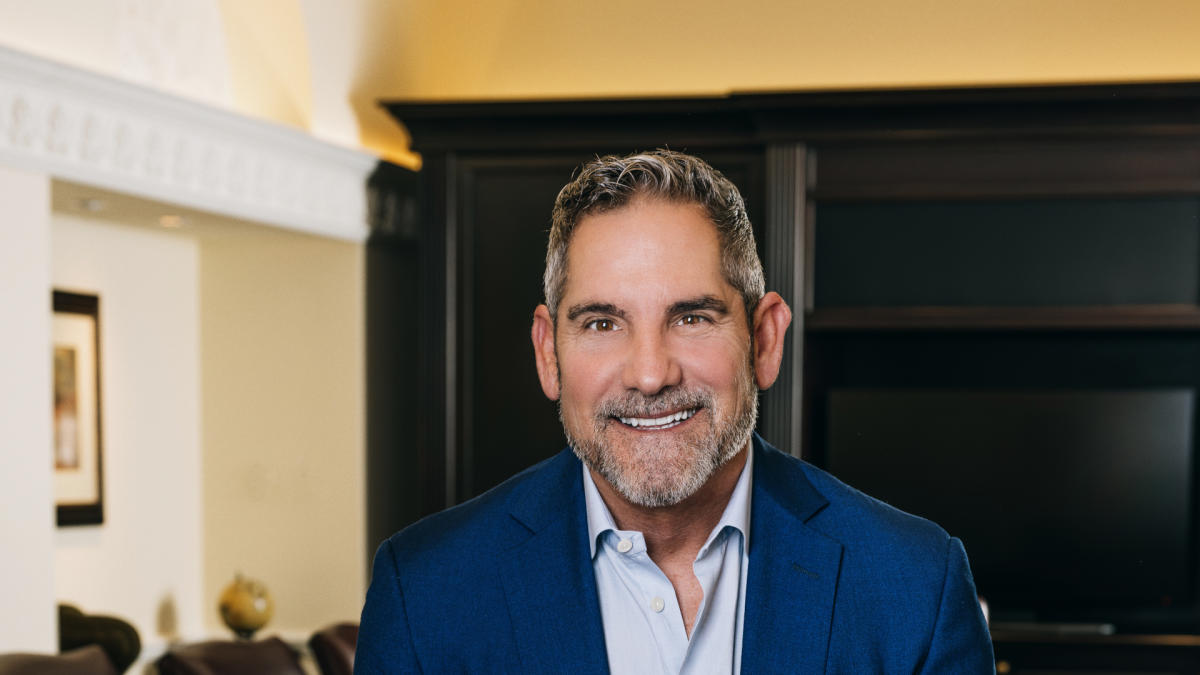Exclusive: Amazon is no longer penalizing some top sellers for raising prices aggressively amid U.S.-China tariff war
Some top Amazon sellers recently got an unexpected shock after increasing their prices to offset added costs from President Trump’s tariff war: The online retailing giant penalized their listings.
But this week, several of those same top sellers told Fortune that Amazon seems to have reversed itself—and is now letting them raise prices, without penalty, by as much as 25%.
“Something happened,” said the CEO of a home furnishings brand that sells $50 million to $100 million of merchandise annually on Amazon. “[W]e got almost all of our Buy Boxes back.”
These penalties had involved Amazon removing “Add to Cart” or “Buy Now” buttons on merchant product pages, which most Amazon shoppers use to make purchases. Among Amazon sellers, this is known as “losing the Buy Box” or “suppressing the Buy Box,” and it can torpedo a product—and, in turn, a seller if such an item is among their main revenue drivers.
Historically, Amazon’s reasons for suppressing the Buy Box have ranged from protecting customers from price-gouging, to trying to pressure sellers or brands to lower their price on Amazon to match pricing on that merchant’s own website or a competing retailer’s shopping site. The latter strategy is a central point of contention in the Federal Trade Commission’s ongoing antitrust case against Amazon.
But according to the sellers who spoke to Fortune last week, the penalties in question were being imposed even when a seller’s increased price on Amazon was the same as on their own website and any competitor sites, and when the seller owned the product brand. Amazon gave sellers no reason for being penalized, but many assumed it was because they had raised prices by a relatively large amount.
Those impacted had complained that the penalty was unfair because, without substantially raising prices, they stood to take a significant financial hit. And with the penalty, their businesses were similarly hurt.
In the case of the home furnishing CEO, his firm had abruptly lost the Buy Box on a wide assortment of products after raising prices around 20% on average following the Trump Administration’s new 145% tariffs on many Chinese imports. This came despite the company being the brand owner of the products and the only one selling them on Amazon.
But as of Monday, the Buy Box returned for most of those items, even with the same price hikes of around 20%, said the CEO, who, like others interviewed who sell on the site, requested anonymity for fear of retaliation from Amazon. The CEO said Amazon didn’t give this company any reason for lifting its penalty.
Two other top Amazon sellers who had their Buy Boxes suppressed last week told Fortune on Monday and Tuesday that Amazon was no longer suppressing their listings despite price increases of as much as 25%. They, and the other brand CEO, suggested that Amazon may have lightened up in response to Fortune‘s original reporting on the issue last week. But it’s unclear if that is the case.
Amazon spokesperson Jessica Martin didn’t provide clarity about the apparent about-face, but rather referred this reporter to a five-year-old Amazon blog post that explains how the company determines which items receive Buy Box placement. It’s unclear whether the Buy Boxes returned for all brand owners on Amazon who recently raised prices significantly or just some.
The penalties were lifted a week and a half after Amazon CEO Andy Jassy had addressed the impact of higher tariffs in China on Amazon sellers. In an interview on CNBC, he said he thought Amazon sellers would try to “pass that cost on” to customers and that he would understand if they did so.
The situation is a tricky one for Amazon. Allowing sellers to raise prices as they see fit could allow some price-gougers free rein, while also risking shoppers directing their ire at Amazon over drastic price increases.
But for sellers who manufacture their products in China, or import key materials from there, price increases often serve as the most immediate—and legal—solution to rapidly-increasing importing costs.
Some Chinese suppliers have offered to help U.S. Amazon sellers evade much of the tariff cost increases, but using illegal methods, as Fortune reported. Others are being pitched on “transshipping” tariff evasion—essentially shipping their goods from China to lower-tariff nations, where they would be repackaged and incorrectly labeled as having come from a country other than China. Still other merchants are considering a move known as “substantial transformation,” by which they still source some key materials or parts from China, but then make a substantial enough change to the goods in another low-tariff country so that the latter nation becomes the country of origin for the merchandise.
It’s a fluid situation for brands and merchants and now it seems, at least for some, price increases on Amazon are back on the table.
This story was originally featured on Fortune.com
Source link






